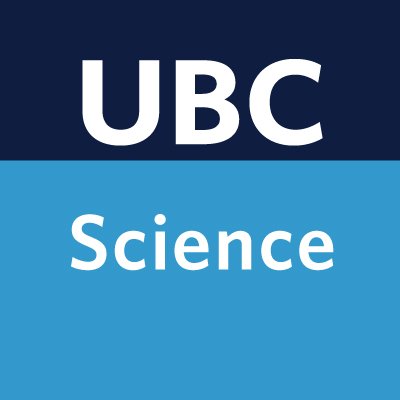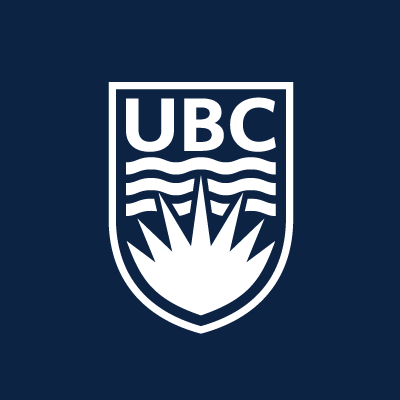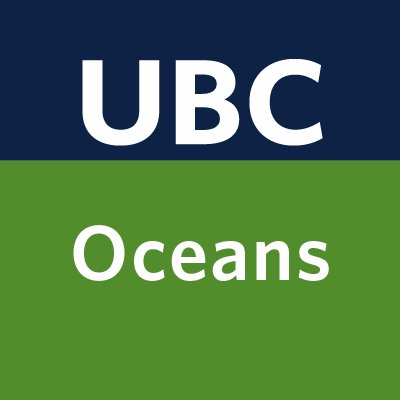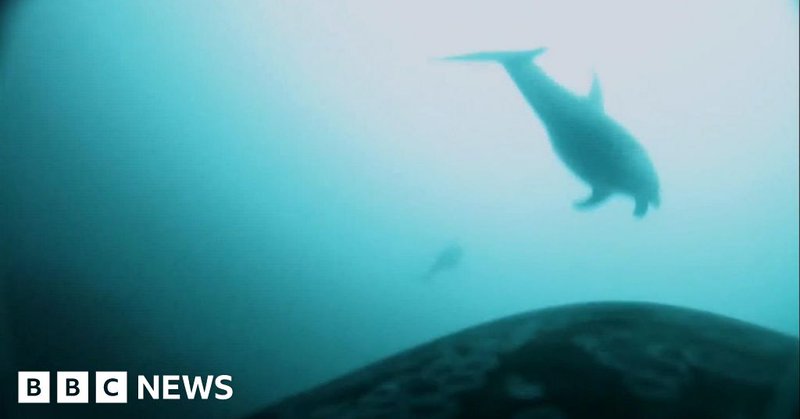
UBC Science
@ubcscience
Followers
13K
Following
3K
Media
3K
Statuses
10K
News and events from the Faculty of Science at the University of British Columbia. Also on Bluesky at @science.ubc.ca
Vancouver, BC, Canada
Joined March 2009
This morning, Minister @KahlonRav visited UBC to announce an investment of $33M investment in Canada’s Immuno-Engineering & Biomanufacturing Hub, a national initiative led by @UBC. Funding supports 4 major research projects in vaccine development, antibody discovery, public trust
0
4
15
Among other UBC projects, new B.C. Government funding will support a program that aims to create cancer vaccines, led by Drs. Pieter Cullis and Anna Blakney. @ubcmsl @AnnaBlakney
https://t.co/Za922o8Tpg
0
0
0
From breakthroughs in organ transplants to alerts on the risks of space junk, UBC Science made headlines in 2025. We’ve rounded up a selection of essential holiday browsing—our most-read stories, heart-felt tales of campus wildlife & real-world solutions.
science.ubc.ca
From campus coyotes to breakthroughs in organ transplantation to the risks of space junk, we've rounded up your essential holiday science browsing.
0
0
0
“Our creation stories are still told today, and known in our communities, but what was lost was connection to places that were not terrestrial: the patterns in the sky, and how those stories connected to our constellations." https://t.co/QvEvS3RDG0
vancouversun.com
0
1
2
Listen to B.C.'s latest Rhodes Scholar and UBC biology student Julie Sieg on CBC's Early Edition with Stephen Quinn. https://t.co/aVLp9NKQRG
Congratulations to fourth-year biology honours student Julie Sieg, British Columbia’s latest Rhodes Scholar elect! Fieldwork is key to Julie’s research, which has focused on how climate change is impacting insect populations and marine ecosystems. @BiologyUBC
0
2
4
Scientists have captured rare footage of killer whales and Pacific white-sided dolphins hunting together near the coast of British Columbia, Canada. @ubcmarinemammal @ubcscience @ubcnews @SFortuneSea @HakaiInstitute
bbc.com
Researchers say the footage, captured near the North-West Pacific coast, is the first recorded evidence of the two species working together.
0
2
3
Vancouver’s Telescope Innovations—a company created around UBC Chemistry research—just delivered South Korea’s first self-driving lab for pharmaceutical research, the result of AI & robotics know-how developed among universities, industry & govt. @UBCChem
https://t.co/o2l9uUnpZk
telescopeinnovations.com
Rapid three-week deployment, onsite support from two-time Nobel Laureate, and deep Canada-Korea collaboration underscore accelerating commercial momentum
0
1
0
🌊 New study alert 🌊Findings reveal coral reefs 🪸 are under pressure, but they do better in marine protected areas, deeper waters, & compact reef patches. 🔗👉Learn more: https://t.co/5j9vz8EAuS
@UBCoceans @JennySelgrath @AmandaVincent1
0
4
5
From Dec 8 to Dec 21, Save Up to 50% on Roborock Vacuums Built for Effortless Cleaning.
0
0
31
Orcas + dolphins hunting together? Yep, it happened off B.C.’s coast. See how this alliance is rewriting marine science. Watch the video and read more: https://t.co/p5qolbKO5a
0
3
3
"By working together, killer whales can conserve energy and use the dolphins as radar-equipped scouts to increase their chances of finding large Chinook salmon at deeper depths," said Dr. Andrew Trites of @UBCoceans.
science.ubc.ca
Canadian researchers capture rare video of killer whales and dolphins working together to forage salmon off B.C. coast.
0
1
3
Dr. Marcel Franz will assume the role of scientific director of UBC’s Stewart Blusson Quantum Matter Institute starting Jan. 1. Also, UBC Science is launching a portfolio dedicated to grad and postdoc studies headed by UBC zoologist Dr. Michael Gordon.
science.ubc.ca
Dr. Marcel Franz and Dr. Michael Gordon will join the Faculty's leadership team in January 20206.
0
0
3
From theory to the foundation of new technologies. UBC’s Dr. Bill Unruh and Dr. Marlan Scully from Texas A&M reflect on 100 hundred years of quantum mechanics. @UBCphas @TAMU New in @ScienceMagazine: https://t.co/mOt8pWnAlw
0
0
0
America needs you! Join U.S. Immigration and Customs Enforcement today.
2K
7K
32K
Uncover lost Indigenous star knowledge with geoscientific ethnographer Dr. Shandin Pete of @UBCeoas at Salish Skies: Indigenous Sky Stories. H.R. MacMillan Space Centre Saturday, Dec 13, 2:30pm - 6pm Register: https://t.co/CVoD13M59g Complimentary admission for Indigenous guests
0
0
0
DEADLINE: Dec. 15! Only a few days left to nominate (or self-nominate) for the 2026 Peter A. Larkin Award and Lecture — an honour celebrating outstanding fisheries researchers. https://t.co/Q5r6UVI7Z9
@ubcscience @SeaAroundUs @projectseahorse
0
2
0
Congratulations to fourth-year biology honours student Julie Sieg, British Columbia’s latest Rhodes Scholar elect! Fieldwork is key to Julie’s research, which has focused on how climate change is impacting insect populations and marine ecosystems. @BiologyUBC
1
3
9
.@ZoologyUBC professor Dr. Charles Krebs says that the mismatch between hares' coats and their local environment is increasing. https://t.co/Eg5YB6MDUI
cbc.ca
Researchers found an increasing mismatch between snowshoe hares' coats and their environment, making them more vulnerable to predators at times.
0
2
2
UBC astronomer Dr. Aaron Boley says, “adding some extra solar panels to roofs seems like a much more tractable solution to providing additional solar power than having giant mirrors from space.” @UBCphas
smithsonianmag.com
Critics argue the satellites, billed as a way to harness solar energy at night, could hamper sky observations and may pose a threat to human and animal health
0
0
0
Congratulations to Dr. Takamasa Momose of @UBCChem on his naming as a Distinguished University Scholar! His lab operates advanced systems to produce and study cold and ultra-cold molecules below 4 K. https://t.co/unsqYUoJxI
0
1
5
Why spend days planning, when you could spend them living? You deserve a Floriday.
0
7
125
APPLY NOW: Nominations are open for the 2026 Peter A. Larkin Award and Lecture — an honour celebrating outstanding fisheries researchers who embody excellence in research, education, and societal engagement. https://t.co/Q5r6UVI7Z9 Deadline: December 15, 2025 @ubcscience
0
2
2
A new UBC study offers a new route toward more energy efficient electronics. The work could open new possibilities for seamlessly integrating quantum materials technology with established electronics. @UBCphas @SBQMI_UBC
science.ubc.ca
UBC scientists have demonstrated a reversible way to switch the topological state of a quantum material using mechanisms compatible with modern electronics.
0
0
2

















